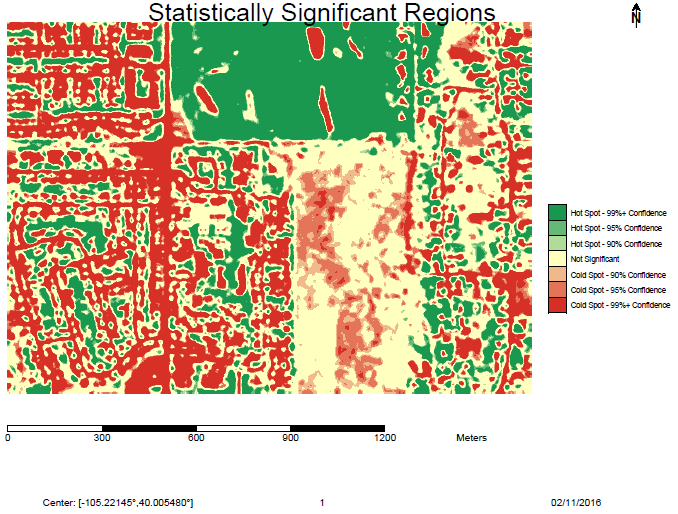Using Reports in a Cloud Based Environment
Anonym
One hurdle that I often find challenging when working in the cloud, is the question "Where is the data?" This question is not just for inputs and the processing chain, but also the output data and how a person can (and should) access it.
When in a server environment, it is not common that a person who is accessing that server will want to do processing, and then download the full final files for inspection due to their size. Instead, it's much simpler to generate a smaller file that retains the information necessary. This way, the smaller file can be downloaded, or even just viewed on the server with a web client.
This was our motivation in the Custom Services Group while constructing the report generator for the Precision AG Toolkit. This system takes in parameters in XML format as key value pairs (ie stretch="2% linear", or color_table="39") and with these parameters, the reports from the tool are not only highly customizable, but also easy to change or generate new ones.
Once results are generated from the server, the image is placed in to a document (it currently only supports PDF) and the extra graphics are added in. This can be objects like text, colorbars, and scaling. Below is an example of this that we generated using the Precision AG Toolkit's Hotspot Analysis Tool, and a template made specifically for reporting these hotspots.

The Hotspot Analysis tool uses a scoring system to determine the most important "Hotspots" in a image that is generated from a vegetation index. In this case we used NDVI for plant health. The large green region at the top of the image is a golf course.
This portable format is viewable very quickly, since the document will be a fraction of the actual file size. Because of this, reporting is going to be much faster than traditional methods including downloading and analyzing the data. It's also an extra perk that the files are small enough to send in an e-mail! (Imagine that....)
Total size of the above example? 57 KB.